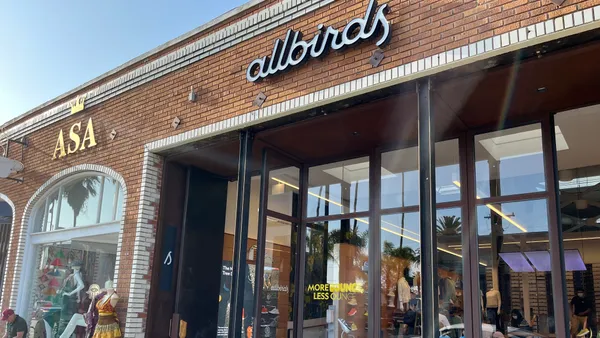Dive Brief:
-
Amazon has entered the brewing price war, slashing prices as much as 9% on its marketplace, the Wall Street Journal reports, noting that discounts viewed by the Journal appeared to be applied to Marketplace from sellers using the "fulfillment by Amazon" option.
-
To assuage its third-party sellers, which the Journal says weren't notified of the action, Amazon is making up the difference in price itself, noting that a tag on the discounts reads: "This item is sold by a third-party seller. The discount is provided by Amazon."
-
Despite that, the move complicates things for those sellers by encouraging sales and depleting inventory and by forcing them to lower prices themselves on other marketplaces they participate in, according to the report, which noted that some sellers have signed parity agreements with Walmart and others promising to offer the same prices they offer on Amazon.
Dive Insight:
Amazon is no doubt loathe to cede much of a pricing advantage to its rivals. But an emerging price war is likely keeping the e-commerce giant on the defensive. Amazon is 11% less expensive than several key rivals' online prices, but Walmart is clearly playing offense, according to a pricing study of identical products, in stock and in identical pack configurations, released last week from e-commerce analytics firm Profitero.
Another complication for Amazon is that, for at least a year now, half the goods sold on its site have come from its Marketplace. Although the Wall Street Journal noted that it's not clear how Amazon determined prices, it's widely understood that the retailer uses sophisticated algorithms to change item prices multiple times throughout the day. For example, Amazon's prices changed hour-by-hour, state-by-state and shopper-by-shopper, according to a May analysis of online school supplies prices from Chrome deal-hunting extension Wikibuy. On average, prices on common school supplies were 15% more on Amazon than other sites, that study found.
These pricing differences aren't occurring just because legacy retailers have lowered or price-matched many items, but also because Amazon hasn't been competing on price as much as it did when it first emerged as a retail disruptor two decades ago.
"Amazon already has a bunch of other prices on its site," Jason Goldberg, who leads commerce and content strategy at interactive digital agency SapientRazorfish, told Retail Dive last year. "Actually you generally see items being offered by 10 or 20 vendors, so Amazon already has this price competition clearly visible on the page. Those Marketplace sellers are essentially bidding for the lowest price, or the 'fast follower' price. [Amazon founder and CEO] Jeff Bezos's flywheel strategy is to offer a low price, and get more consumers, more sellers and more competition in a virtuous circle."
Consumers' perception that Amazon's prices will be the best online deal, plus Prime members' stickiness to the site, may lead many to over-pay on identical items. But that may be undermined as shoppers increasingly get wind of a price war. Target in September announced major price cuts on many consumer items, and said more recently that it hopes to make up for that with fewer discounts on its differentiated merchandise at the holidays.
"This year there's been a marked rise in discussion about an online price war," the report's author, Profitero Senior Vice President of Strategy and Insights Keith Anderson, said in a statement. "In our biggest ever study, we've set out to illuminate the pricing dynamic at play and to better understand the high-stakes race to the bottom we're currently witnessing between Walmart.com and Amazon.com. While lower prices are good news for shoppers, suppliers and retailers will inevitably feel the pressure as we head into peak holiday season, as this price war is only set to intensify."
This story is part of our ongoing coverage of the 2017 holiday shopping season. You can browse our holiday page and sign up for our holiday newsletter for more stories.















